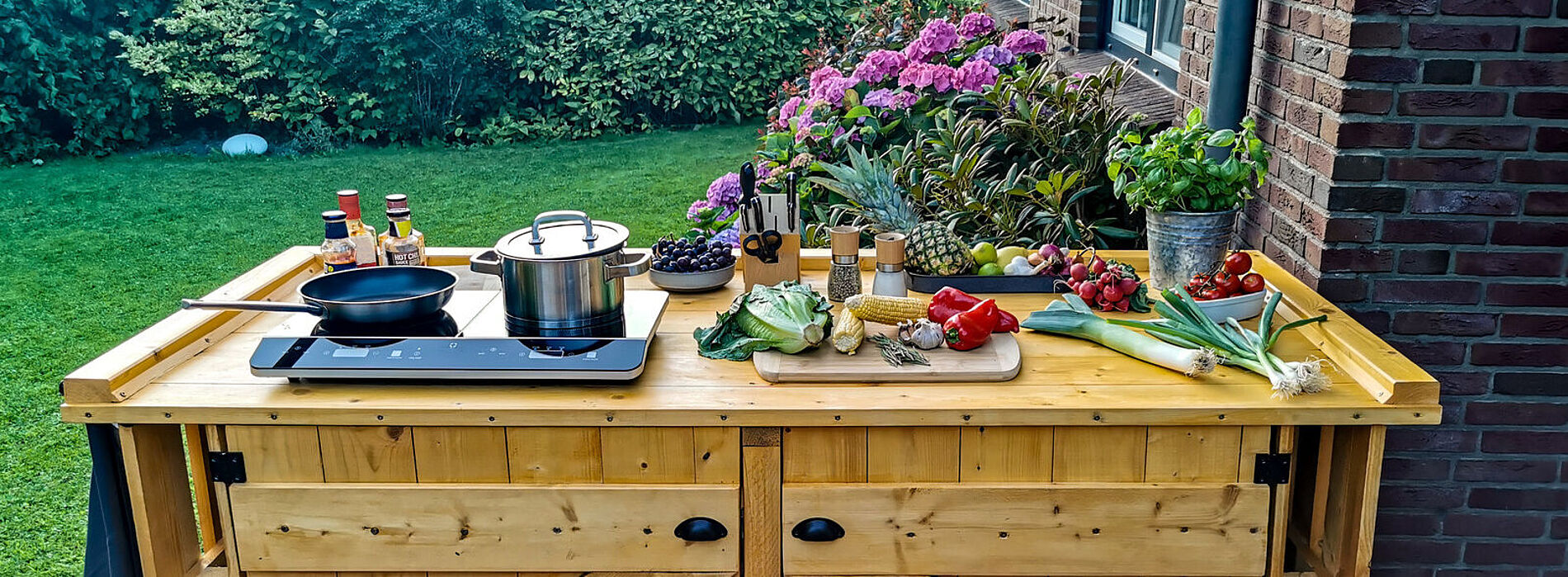Kontakt
Language:
United Kingdom •
English
- Do-it-yourself Do-it-yourself
- Contractor Contractor
- Industry Industry
- Company
-
Contact
Language: United Kingdom • English






